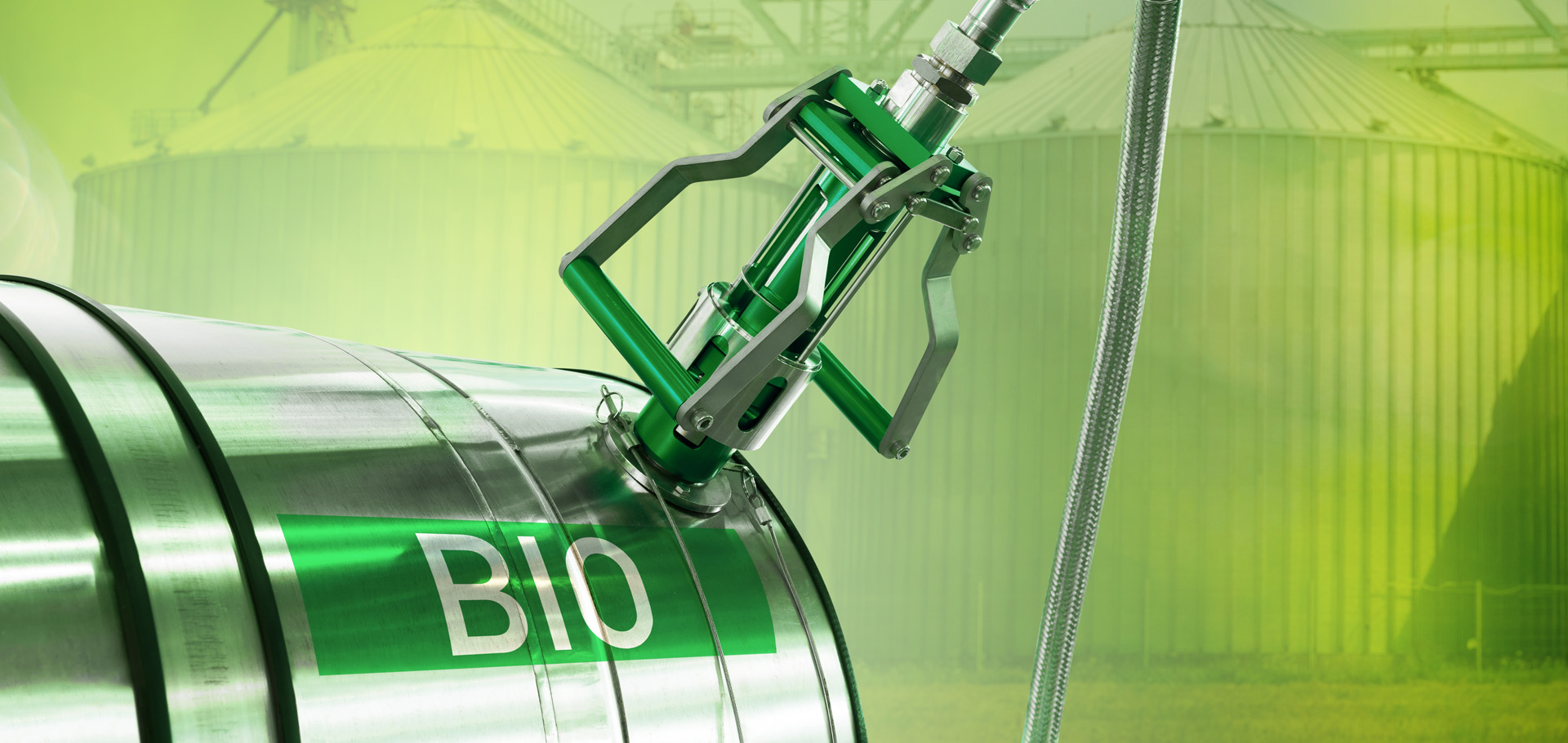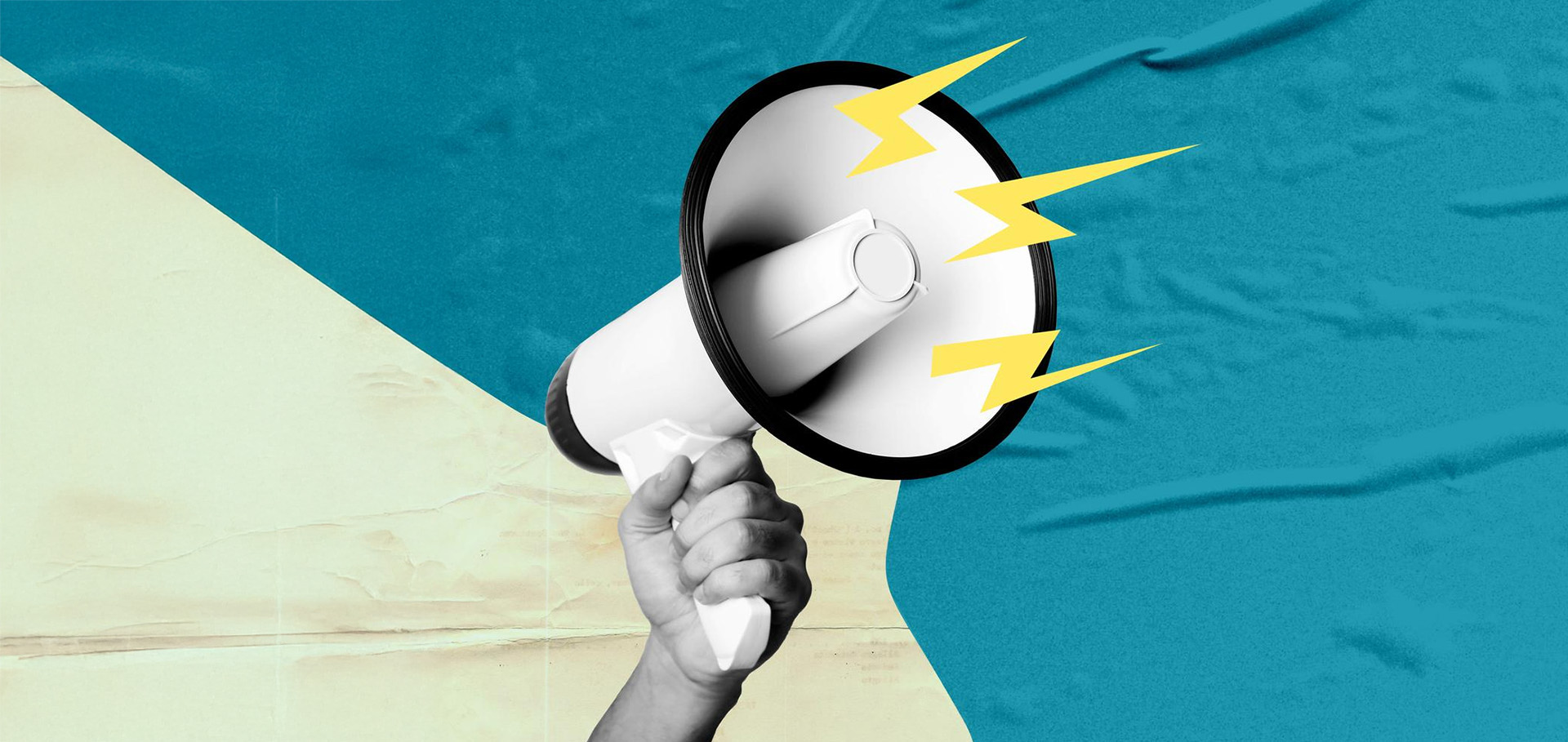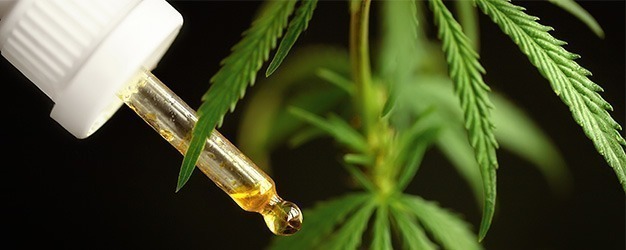Insights > Client Alerts
Client Alerts
“Fuel of the Future” law is signed into law
October 17th, 2024

On October 08, 2024, Law No. 14,993/2024, originating from Bill No. 528/2020 (known as the “Fuel of the Future” bill), was enacted.
The new law creates national programs to encourage the use of renewable fuels, provides for CO2 capture and storage activities, establishes measures to foster decarbonization, and changes the percentages of ethanol and biodiesel blended into gasoline and diesel, respectively.
Below are the main changes introduced by the new law:
Sustainable low-carbon mobility
Law No. 14,933/2024 sought to integrate the initiatives and measures adopted under the National Biofuels Policy (“RenovaBio”), the Green Mobility and Innovation Program (“Mover Program”), the Brazilian Vehicle Labeling Program (“PBEV”) and the Vehicle Emissions Control Program (“Proconve”), in order to encourage sustainable low carbon mobility.
At this point, it was established that the integration between RenovaBio, the Mover Program and the PBEV would be carried out through the life cycle analysis methodology, aimed at mitigating CO2 emissions and providing a better cost-benefit ratio. Thus, the following concepts would be used:
- Well-to-wheel cycle until December 31, 2031: defined as the life cycle that accounts for the energy consumption involved in the use of light and heavy vehicles within a standardized cycle of use.
- Cradle-to-grave cycle until January 01, 2032: defined as the life cycle that takes into account the greenhouse gas (GHG) emissions incorporated into the well-to-wheel cycle, plus those generated from the extraction of resources and the manufacture of auto parts, assembly and disposal of light and heavy passenger and commercial vehicles.
To meet the Mover Program’s targets, the CNPE will set the amounts for the Carbon Intensity of the Energy Source (ICE) and the proportion of liquid or gaseous fuels or electricity. The ICE is the ratio between GHG emissions, based on a life cycle assessment, computed in the production process of the fuel or energy source and its use. This ratio is expressed in grams of carbon dioxide equivalent per megajoule (gCO2e/MJ).
The Ministry of Development, Industry, Trade and Services will be in charge of setting the Mover Program’s targets for energy consumption in MJ/km and carbon dioxide equivalent (CO2e) emissions in the corporate life cycle in CO2e/km, as well as monitoring compliance based on the ICE amounts.
Finally, Law No. 14,993/2024 states that the PBEV will disclose to consumers information on each vehicle’s GHG emissions based on the applicable life cycle analysis and on energy consumption based on the tank-to-wheel cycle per vehicle.
National programs
Among the innovations introduced by Law No. 14,993/2024, the creation of three programs aimed at fostering sustainable low-carbon mobility stands out:
National Sustainable Aviation Fuel Program (ProBioQAV):
The National Sustainable Aviation Fuel Program (“ProBioQAV”) was established by the new law in order to encourage research, production, marketing, and energy use of sustainable aviation fuel (“SAF”) in the Brazilian energy mix.
Below are the main provisions relating to ProBioQAV:
- The ANP’s powers
The National Agency of Petroleum, Natural Gas and Biofuels (“ANP”) is in charge of establishing the amounts of total equivalent emissions per unit of energy computed in the “well-to-burn cycle” of each technological SAF production route, in order to account for decarbonization compared to fossil aviation kerosene.
The new law defines the “well-to-wake cycle” as the life cycle that accounts for GHG emissions from the cultivation and extraction of resources, the production of liquid or gaseous fuels or electricity, their distribution, and their use in aircraft. In this sense, Law No. 14,993/2024 establishes the guidelines to be followed by the ANP when analyzing the well-to-wake cycle (art. 8).
- Trading, logistics and use
Trading and logistics activities and the energy use of SAF must comply with:
-
- the logistical optimization in the distribution and use of SAF; and
- the adoption of market-based mechanisms.
- Emission reduction percentages
Law No. 14,993/2024 established minimum percentages for the reduction of GHG emissions through the use of SAF, to be achieved by air operators, as of certain dates, within the scope of their domestic operations:
| Reduction percentage to be achieved | Date |
| 1% | As of January 01, 2027 |
| 2% | As of January 01, 2029 |
| 3% | As of January 01, 2030 |
| 4% | As of January 01, 2031 |
| 5% | As of January 01, 2032 |
| 6% | As of January 01, 2033 |
| 7% | As of January 01, 2034 |
| 8% | As of January 01, 2035 |
| 9% | As of January 01, 2036 |
| 10% | As of January 01, 2037 |
The calculation basis on which the emission reductions are to be computed will be defined based on the volume of emissions from domestic operations carried out by the airline in the current year, assuming that all operations used fossil fuels.
However, Law No. 14,993/2024 also states that:
-
- Alternative means for meeting the target reduction may be admitted.
- The CNPE may change the percentages at any time based in the public interest and once the conditions that led to the change have normalized, these percentages will be reestablished.
- If other countries or groups of foreign States impose obligations on Brazilian air operators regarding the use of SAF, the reduction obligation provided for in Law No. 14,993/2024, or an obligation similar to that imposed by foreign countries, may be extended to flights of international air operators crossing the Brazilian territory, based on the principle of reciprocity, upon determination by the CNPE and subsequent regulation by the Brazilian National Civil Aviation Agency (”ANAC”).
ANAC will be in charge of:
-
- establishing the calculation methodology for verifying the reduction of emissions associated with the use of SAF and alternative means; and
- monitoring compliance with reduction obligations by air operators.
- Exemption from emission reductions
ANAC will have the authority to exempt the compliance with emission reduction obligations for air operators:
-
- with annual emissions lower than those defined in ANAC regulations; and
- without access to SAF at any of the airports where they operate.
National Green Diesel Program (PNDV)
The National Green Diesel Program (“PNDV”) aims to encourage research, production, trading and energy use of green diesel in the Brazilian energy mix.
Below are the main provisions relating to the PNDV:
- Minimum volumetric share
The CNPE will be in charge of establishing, on an annual basis, the mandatory minimum volumetric share of green diesel (produced from raw materials derived exclusively from renewable biomass) to the diesel sold to the end consumer, on an aggregate basis within the Brazilian territory. This mandatory share may not exceed 3%. However, the voluntary addition of green diesel in excess of this limit will be permitted.
- Addition percentage
The ANP will be in charge of defining the percentage of mandatory addition of green diesel, in volume, to the diesel sold to the end consumer, in order to guarantee the minimum mandatory share on an aggregate basis. To this end, the ANP must comply with:
-
- the logistical optimization in the distribution and use of green diesel; and
- the adoption of market-based mechanisms.
National Program to Decarbonize Natural Gas Producers and Importers and to Encourage Biomethane
Law No. 14,993 also created the “National Program to Decarbonize Natural Gas Producers and Importers and to Encourage Biomethane” in order to encourage research, production, marketing and the use of biomethane and biogas in the Brazilian energy mix in order to decarbonize the natural gas sector.
Below are the main provisions relating to the program:
- Targets
-
- Stimulating the production and consumption of biomethane and biogas through projects related to the production chain;
- Encouraging the manufacture, sale, purchase and use of heavy-duty vehicles, agricultural machinery and other vehicles powered by methane, as well as the conversion of vehicles powered by other fuels to methane, and the replacement of diesel engines used in vehicles with new methane-powered engines.
- Encouraging infrastructure projects that allow biomethane production plants to be connected to natural gas distribution and transportation networks, provided they are economically viable.
- Annual reduction target
The CNPE will establish an annual target for reducing greenhouse gas emissions in the market of natural gas traded, self-produced or self-imported by natural gas producers and importers, to be complied with by using biomethane to consume natural gas. The obligation will enter into force on January 01, 2026, with an initial amount of 1%, which cannot exceed the mark of 10% reduction in emissions.
As an exception, the CNPE may modify the annual percentage reduction in GHG emissions (including to less than 1%) based in the public interest or when the volume of biomethane production makes it impossible or excessively costly to meet the target. The percentage must be reestablished once the conditions that led to the change have been restored.
- Target compliance and certification
Compliance with the reduction target will be proven through the purchase or use of biomethane during the calendar year or through the annual registration of the acquisition of a Biomethane Origin Guarantee Certificate (“CGOB”), in accordance with guidelines to be established by the CNPE.
Under the terms of Law No. 14,993/2024, the CGOB will be granted to the biomethane producer or importer who individually meets the standards defined in a subsequent regulation, which should provide for the issuance, maturity, intermediation, custody, bookkeeping, negotiation, retirement and other aspects regarding the CGOB.
- Duties of the ANP
-
- establishing the calculation methodology for confirming the reduction in emissions associated with the use of biomethane;
- defining the obliged agents based on the total volume of natural gas marketed, in order to ensure that the GHG reduction occurs in the most cost-effective way; and
- monitoring compliance with emission reduction obligations by natural gas producers or importers.
- Fine
The agent who fails to meet the annual GHG reduction target will be subject to a fine greater than the benefit gained from non-compliance, which could vary between BRL 100,000 and BRL 50 million.
CO2 capture and storage
Law No. 14,993/2024 also provides for the activities of capture of carbon dioxide (CO2) for geological storage, transportation through pipelines and geological storage itself.
The new rules, however, do not cover the activity of injecting and storing CO2 to advance the recovery of hydrocarbons from geological reservoirs under contracts for exploration and production of hydrocarbons.
Below are the main provisions on the topic:
- Authorization regime
As highlighted by the regulations, the activities will be carried out through an authorization to be issued by the ANP, which will issue regulations on the qualification requirements of the interested parties to carry out the activities and on the conditions for issuing the authorization and its transfer of ownership.
- Term
Law No. 14,993/2024 establishes that the authorizations will have a term of 30 years, extendable for an equal period if the conditions established in the term to be signed by the parties are met. The Executive Branch may modify the term based in material of public interest.
- Regulation of activities
The ANP has the authority to supervise and regulate the activities of capture of CO2 for geological storage, its transportation through pipelines and the geological storage itself. Law No. 14,993/2024 establishes that in the case of areas under contract, the ANP must consult the holder of the exploration and production rights before granting authorization.
Those interested in obtaining the authorization will have access to public technical data on the sedimentary basins, which will allow them to proceed with the analysis, studies, and identification of areas with potential for geological storage.
- Obligations
Law No. 14,993/2024 also establishes the obligations to be fulfilled by CO2 geological storage operators (art. 29).
Final provisions
Finally, Law No. 14,993/2024 also amended provisions of other current regulations.
We highlight the main changes below:
Oil Law (Law No. 9,487/1997)
- CNPE
Establishes new powers for the CNPE, including the possibility of setting:
-
- guidelines for regulating and supervising the capture and geological storage of CO2; and
- guidelines and targets for specific programs, including those for the use of biogas and biomethane.
- Definition changes
-
- Changes the definitions of “biofuel”, “ethanol” and “aviation biokerosene” (which becomes “sustainable aviation fuel”).
- Includes the definitions of “biogas”, “biomethane”, “synthetic fuel”, “non-contracted area” and “area under contract”.
- ANP
The law provides that the ANP will act as a regulatory body for the synthetic fuels industry and for the capture and geological storage of carbon dioxide. Law No. 14,993 also adjusted the ANP’s powers to expressly cover synthetic fuels and the geological capture of carbon dioxide.
- Petrobras
The law authorizes Petrobras to include in its social purpose, the activities relating to energy as well as those involving the handling and storage of carbon dioxide, energy transition and the low-carbon economy.
National Fuel Supply Law (Law No. 9,847/1999)
- Supervision
Extends the ANP’s supervisory powers to expressly encompass activities relating to the synthetic fuel industries and the capture and geological storage of CO2.
- Penalties
The law adjusts the penalty provisions to expressly mention activities involving synthetic fuels and the capture and geological storage of CO2.
Law No. 8,723/1993:
Law No. 14,993/2024 changes the mandatory percentage of anhydrous ethyl alcohol added to gasoline from 22% to 27%. In addition, the new law extended the Executive Branch’s authority to raise this percentage up to 35% (previously, it was only possible up to 27.5%) or reduce it to 22% (previously, it was only possible up to 18%).
Finally, Law No. 14,993/2024 also establishes that the Executive Branch must determine the criteria for taking into account the percentage of anhydrous ethyl alcohol added to gasoline in the calculation of energy performance information published by the Brazilian Vehicle Labeling Program (“PBEV”).
Law No. 13,033/2014:
Law No. 14,993/2024 also changed the percentages for mandatory biodiesel addition to diesel oil sold to end consumers, as follows:
| Previous provisions regarding the % of mandatory addition New provisions regarding the % of mandatory addition | New provisions regarding the % of mandatory addition | |
| 8%, within 12 months after the date of enactment of Law No. 13,033/2014. 15%, as of March 01, 2025 | 15%, as of March 01, 2025 | |
| 9%, within 24 months after the date of enactment of Law No. 13,033/2014. 16%, as of March 01, 2026 | 16%, as of March 01, 2026 | |
| 10%, within 36 months after the date of enactment of Law No. 13,033/2014. 17%, as of March 01, 2027 | 17%, as of March 01, 2027 | |
| 18%, as of March 01, 2028 | ||
| 19%, as of March 01, 2029 | ||
| 20%, as of March 01, 2030 |
The changes also allow the CNPE to set the mandatory percentage of biodiesel added to diesel sold throughout Brazil between 13% and 25% when assessing the feasibility of the targets.
For more information, access Law No. 14,993/2024 in full.
Demarest’s Oil and Gas, Energy and Natural Resources, and Environmental teams are available to provide further clarification.
Related Partners
Related Lawyers
João Raphael Oliveira Aranha
Laura Isabelle Guzzo
Lívia Sousa Borges Leal
Laura Bianchini Leite
Related Areas
Energy and Natural Resources Environmental Oil and Gas


















